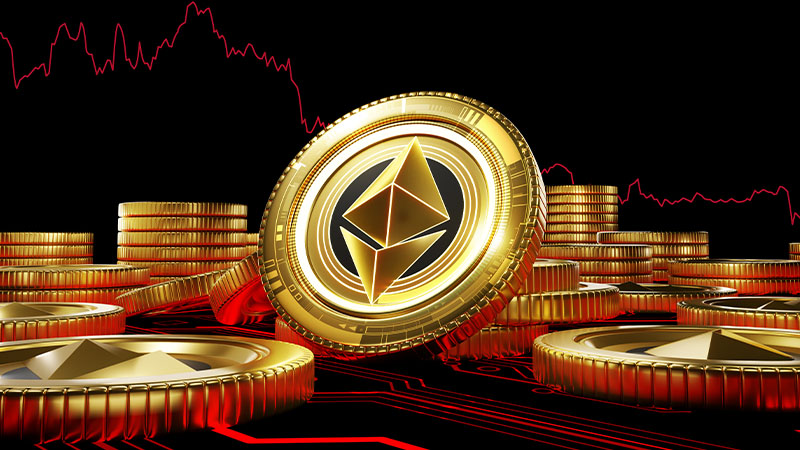The Ethereum network is facing a new reality after the Denkun upgrade, which significantly reduced transaction fees for Layer 2 solutions.
While this benefits users with lower costs, it has led to a 99% drop in Layer 1 network revenue and raised concerns about the long-term demand and price stability of ETH.
Explore the latest changes in the Ethereum ecosystem and the emerging challenges that could shape its future.
Contents
Changes Brought by the Denkun Upgrade
Ethereum’s (ETH) Layer 1 network revenue has seen a sharp decline, as reported on September 2, 2024. According to data from Token Terminal, revenue has dropped by 99% since March 2024.
The primary cause behind this drastic reduction appears to be the intensified competition from Layer 2 solutions.
On March 13, 2024, the Ethereum network implemented a significant upgrade known as "Denkun." The primary objective of this upgrade was to drastically reduce transaction fees for Layer 2 operations. The upgrade resulted in the following key changes:
- Network fees plummeted from $35.5 million on March 5 to $566,000 by August 31
- A slight recovery was noted on September 2, with fees reaching $578,000
This dramatic drop in transaction fees has greatly impacted Ethereum's network revenue.
Overheating of the Layer 2 Market and Intensifying Competition
Following the Denkun upgrade, Ethereum's Layer 2 market has rapidly expanded. Data from L2Beat reveals the current number of projects in this space:
- Ethereum Layer 2 scaling projects: 74
- Layer 3 projects: 21
Adrian Brink, CEO of Anoma, shared an intriguing perspective on this trend. According to Brink, the number of existing Layer 2 solutions exceeds actual market demand by nearly 10 times.
This excessive competition has led to a race among projects to offer the lowest transaction fees. As a result, users are migrating from Ethereum’s base layer to Layer 2, creating a cycle that further drives down network fees.
Impact of Lower Fees on ETH Supply and Price
The reduced transaction costs brought by the Denkun upgrade have had some unintended consequences. Previously, Ethereum Improvement Proposal 1559 (EIP-1559) introduced a mechanism that burns a portion of network fees, creating deflationary pressure. However, in the current low-fee environment, this mechanism is not functioning as effectively.
This has led to the following outcomes:
- Decreased demand for ETH: The amount of ETH needed to pay transaction fees has dropped
- Increased supply: ETH supply has been steadily rising since the Denkun upgrade
- Impact on price: The price of ETH has fallen below $3,000
While the lower transaction costs benefit users, they present new challenges for the price and demand of ETH. Industry observers are closely watching how this situation will evolve.
>> Click here for the latest news related to Ethereum
-

One of the Causes of the ETH Price Plunge? Reports of Jump Crypto's "Large Ethereum Sale"
Reports of Jump Crypto's large-scale Ethereum sales are emerging, possibly linked to the recent ETH price plunge. Discover the details and broader market implications.
続きを見る


